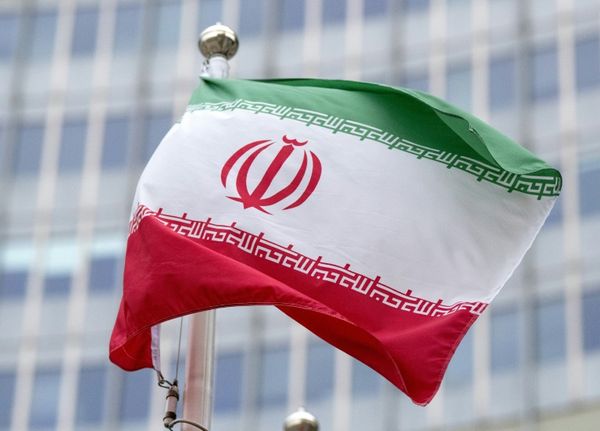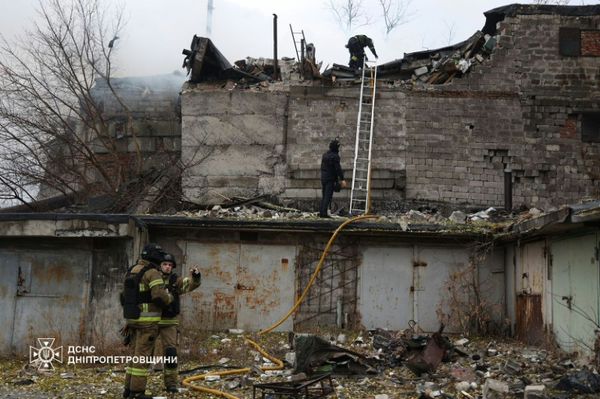
Gold prices have experienced a notable decline following Donald Trump's victory in the presidential election, contrasting with the upward trend seen earlier this year. In the four days post-election, gold dropped over 4%, while the broader U.S. stock market surged by nearly 4%. Despite expectations of a Trump administration leading to lower tax rates and increased tariffs, factors that typically support gold prices, the precious metal currently stands at $2,618 per ounce, down from a recent peak of around $2,800.
Gold's status as one of the best-performing investments of the year has been somewhat tarnished by this recent downturn. The leading exchange-traded fund monitoring gold prices has seen its 2024 gains diminish to below 27%, down from almost 35% just a few weeks ago.
Several factors have contributed to this shift. The strengthening of the U.S. dollar against other major currencies has played a role, as higher tariffs and trade disputes initiated by the U.S. could devalue currencies like the euro, making gold more expensive for buyers using these currencies.



Furthermore, President Trump's proclivity for lower taxes and higher tariffs has led Wall Street to revise expectations regarding future interest rate cuts by the Federal Reserve. Anticipated reductions in interest rates could result in Treasury bonds offering higher interest rates than previously expected, potentially diminishing the appeal of gold, which does not provide dividends or income.
Despite these developments, gold retains its reputation as a safe haven asset during times of global uncertainty. Historically, investors have turned to gold during periods of conflict or political instability, seeking refuge from market volatility. With ongoing conflicts in regions like the Middle East and Ukraine, as well as persistent political tensions worldwide, gold is likely to remain a staple in many investors' portfolios.
Money managers at Robeco, responsible for managing investments for major institutional investors, affirm that gold continues to be the preferred safe haven asset for both investors and central banks.







